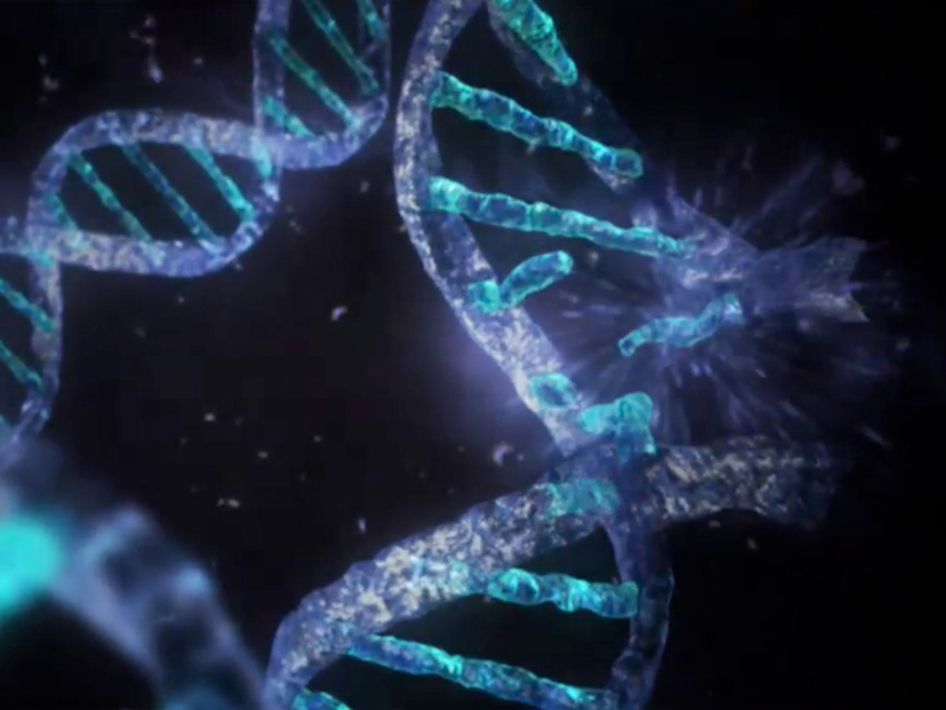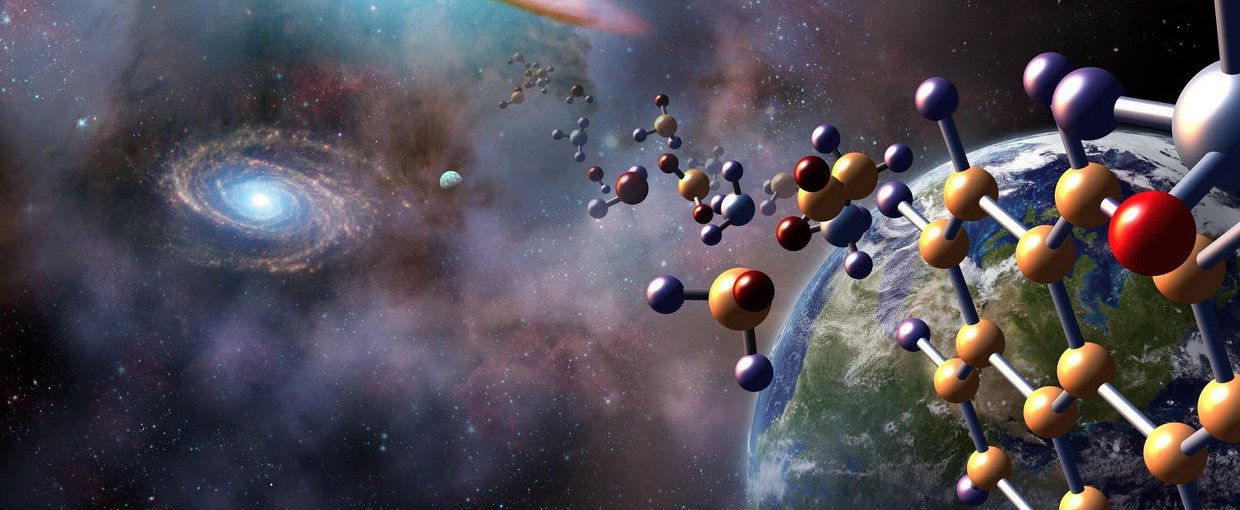
The complexity of modern biological life has long made it difficult to understand how life could emerge spontaneously from the chemistry of the early earth. The key to resolving this mystery lies in the simplicity of the earliest living cells. Through our efforts to synthesize extremely simple artificial cells, we hope to discover plausible pathways for the transition from chemical evolution to Darwinian evolution. We view the two key components of a primitive cell as a self-replicating nucleic acid genome, and a self-replicating boundary structure. I will discuss recent experimental progress towards the synthesis of self-replicating nucleic acid and membrane vesicle systems, and the implications of these experiments for our understanding of the origin of life.
 A Talk With Jim Green
A Talk With Jim Green What Can Extant Genomes Reveal About Early DNA Metabolism?
What Can Extant Genomes Reveal About Early DNA Metabolism? What We Talk About When We Talk About Earth's Oxygenation
What We Talk About When We Talk About Earth's Oxygenation Bowling With Astrobiologists: A Twisted Path Toward the Origin of DNA
Bowling With Astrobiologists: A Twisted Path Toward the Origin of DNA